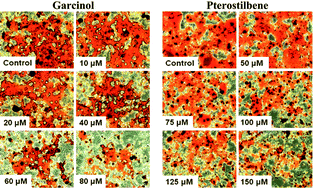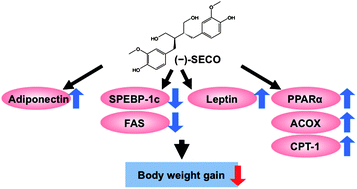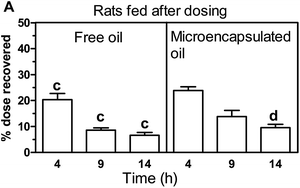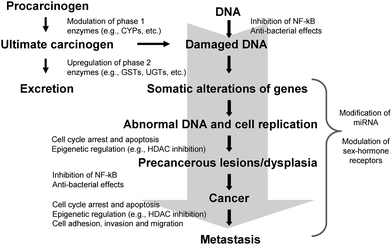Scientists in Germany have investigated the effects of encapsulating polyphenolic grape seed extract in liposomes. Grape seed extract contains polyphenols which can reduce the extent of oxidative processes in organisms, and hence may be a beneficial food for chronic diseases such as cancer, diabetes mellitus and cardiovascular disease.
Phenolic compounds are, however, difficult to incorporate into food systems because they can strongly interact with other compounds and cause aggregation. By encapsulating the polyphenols they are protected and this may prevent them from being degraded during digestion, thereby enhancing their bioactivity and bioavailability.
In this work, coated liposomes containing grape seed extract were prepared by using chitosan and citrus pectin polymers. The amount of polyphenols that reacted in the antioxidant test was decreased, suggesting that the polyphenols were no longer exposed to the aqueous phase. This indicates that polymer coated liposomes are highly capable carrier systems for polyphenol compounds.
This work was presented at the Delivery of Functionality in Complex Food Systems Symposium held in Guelph in August 2011, and is part of our themed issue on the Delivery of Functionality coming soon in 2012. To read the full article for free, please follow the link below:
Encapsulation of polyphenolic grape seed extract in polymer-coated liposomes, Monika Gibis, Effie Vogt and Jochen Weiss, Food Funct., 2012, DOI: 10.1039/c1fo10181a
Other articles from this conference have recently been published as Advance Articles in Food & Function. Click the following links to read Potential biological fate of ingested nanoemulsions: influence of particle characteristics and Fibrillar structures in food




















